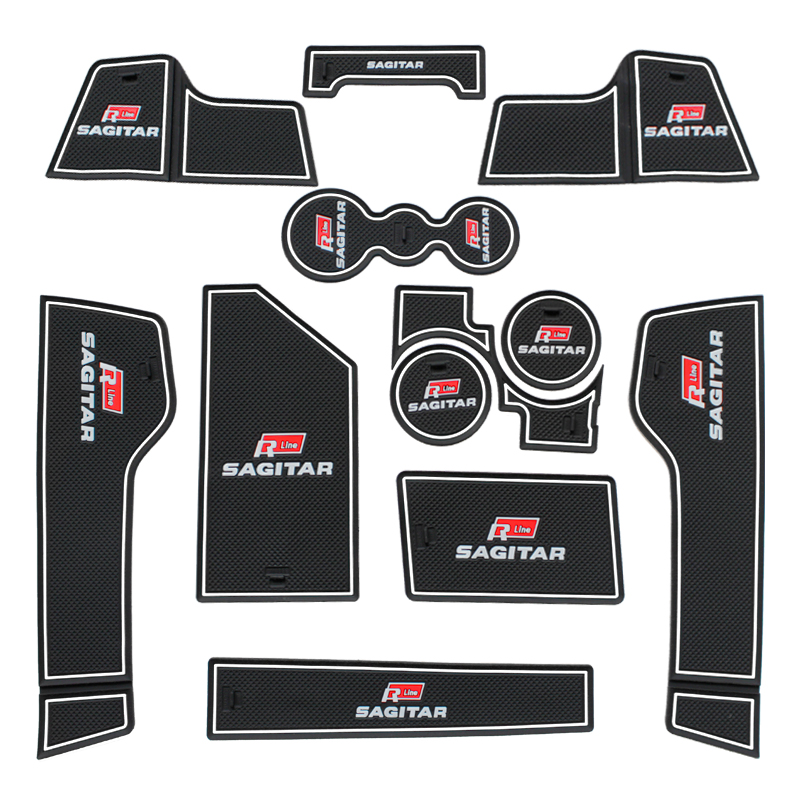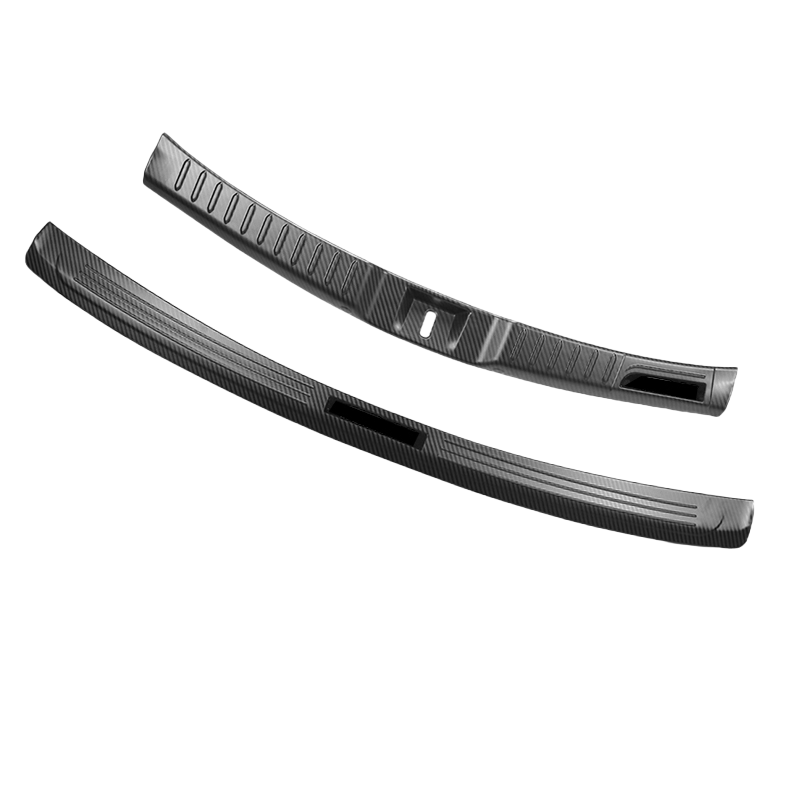Is it a bird? Is it a meteor? No, it's SpaceX space junk over the Pacific Northwest!
"Shooting stars? Debris? Anyone else see this in Seattle just now?"
Stunned onlookers filmed the skies over Portland and Seattle in awe on Thursday, as a strange stream of bright lights filled the night sky.
But rather than a rogue meteor or firework-spewing plane, state weather services and a Harvard astronomer concluded that the lights appear to be space debris from a SpaceX Falcon 9 rocket, resulting from a Starlink satellite launch in March.
Tweet may have been deleted
Tweet may have been deleted
The National Weather Service's bureau in Portland said it had been getting "a number of calls" about the event. Although the account wrote it was "waiting for more information from official sources," it pointed to a Tweet by astronomer Jonathan McDowell, who is affiliated with the Harvard-Smithsonian Center for Astrophysics.
McDowell concluded that a Falcon 9 rocket from a Starlink satellite launch in early March (he estimated March 4, which sent up 60 satellites) had "failed to make a deorbit burn and is now reentering after 22 days in orbit." A deorbit burn involves a short firing of orbital manoeuvring system engines to slow a spacecraft's speed enough to begin its descent to Earth.
Tweet may have been deleted
Over in Seattle, the NWS team was also drawing conclusions in the early hours. While noting it was waiting for official confirmation, the weather service said, "The widely reported bright objects in the sky were the debris from a Falcon 9 rocket in second stage that did not successfully have a deorbit burn." NWS also stated that it did not expect to see ground impact from the object.
Tweet may have been deleted
SpaceX regularly deploys its partially reusable Falcon 9 rockets to carry satellites, including the ongoing launches of Starlink satellites for Musk's ambitious internet service.
SEE ALSO:Thousands of SpaceX Starlink satellites could pose 'unprecedented' space junk problemNASA, SpaceX, or CEO Elon Musk has not yet publicly responded to the event — although plenty of people posting on Twitter tagged him. Mashable has reached out to SpaceX for comment.
McDowell has meanwhile been tweeting more conclusions on the event, explaining that a re-entry like this one happening over Seattle happens at about 60 kilometres (40 miles) up, above the level of airplanes, and that the object's predicted re-entry time and location would have been uncertain due to both the speed at which it's travelling and a headwind in the Earth's upper atmosphere.
Tweet may have been deleted
Tweet may have been deleted
Seattle NWS, still awake in the early hours, long after the mysterious lights had gone, posted an image of the Orion Nebula (an enormous cloud of gas and dust that sits in the Milky Way with us, visible to the naked eye from Earth) in the sky — but it was also upstaged by a satellite.
Tweet may have been deleted





